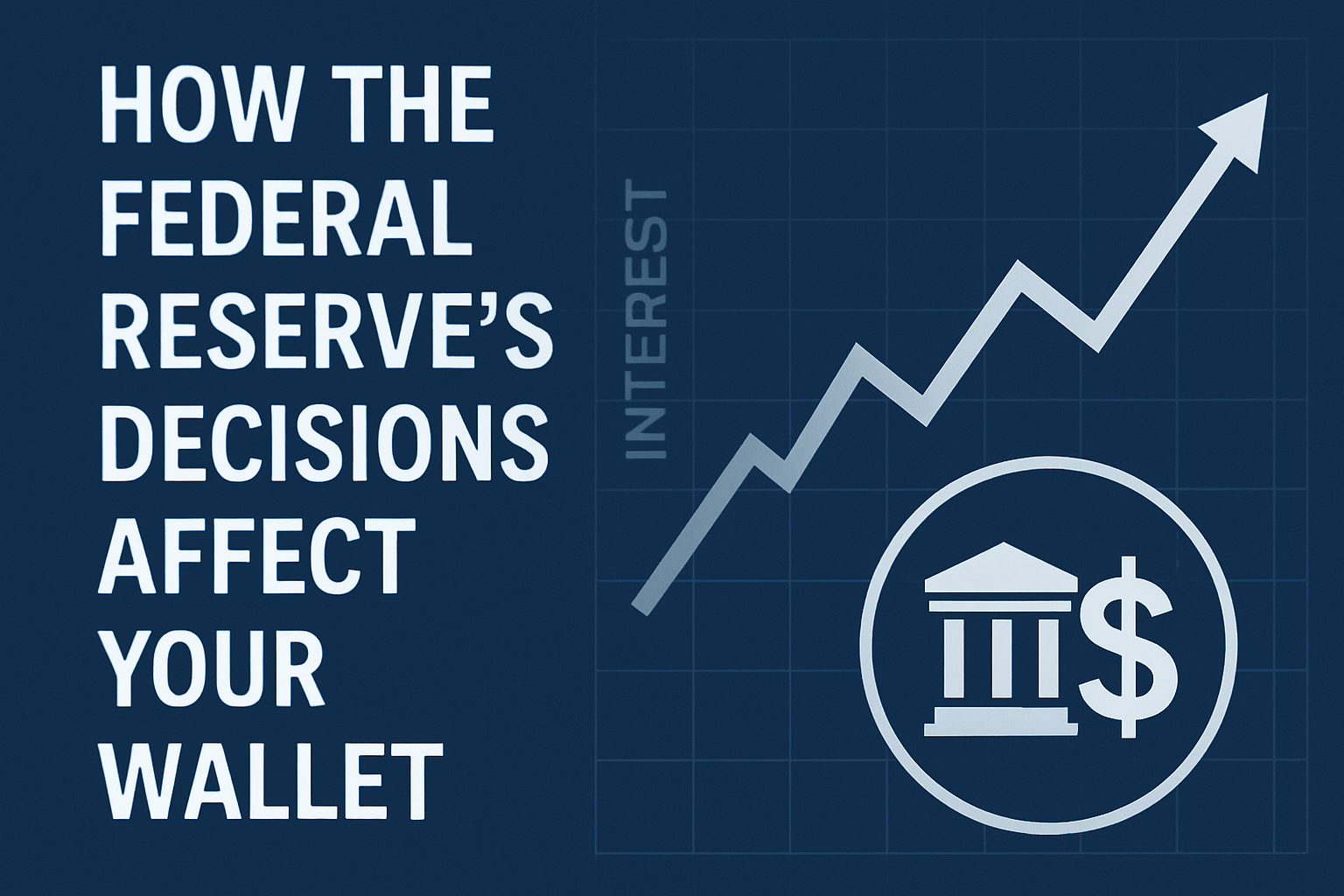Before you buy a stock, invest in real estate, or enter a crypto position — stop and look at the bigger picture.
Because even the best company in the world can struggle when the economy slows down, and even the riskiest assets can thrive when conditions are right.
That’s where economic indicators come in.
They’re like the vital signs of the economy — showing whether it’s growing, shrinking, or overheating.
Smart investors know how to read them to decide when and where to put their money.
Let’s break down the key economic indicators every investor should watch in 2025 — and how to use them to your advantage.
1. Gross Domestic Product (GDP)
GDP measures the total value of goods and services produced in a country.
It’s the ultimate scorecard for economic health.
📈 When GDP grows steadily:
- Businesses expand
- Unemployment drops
- Consumer confidence rises
→ Great environment for stocks and real estate.
📉 When GDP slows or contracts:
- Companies cut spending
- Layoffs increase
- Investors flee to safe assets (like bonds or gold).
💡 Pro Tip:
Watch quarterly GDP reports (released by the U.S. Bureau of Economic Analysis).
If growth is slowing for two or more quarters, markets may be heading for a correction.
(Related: Will There Be a Recession in 2025? Economists Share Insights)
2. Inflation (CPI & PPI)
Inflation tells you how fast prices are rising — and whether your money is losing purchasing power.
The two key measures are:
- CPI (Consumer Price Index): what consumers pay.
- PPI (Producer Price Index): what businesses pay for materials.
🔥 Why it matters:
- High inflation erodes real investment returns.
- Central banks raise interest rates to fight it.
- Higher rates = falling bond prices and slower stock growth.
💬 Example:
If inflation jumps from 3% to 6%, your investments must earn 6%+ just to break even in real terms.
(Related: U.S. Inflation Forecast: What to Expect in 2025)
3. Interest Rates (Federal Funds Rate)
The interest rate is the heartbeat of the financial system — influencing everything from mortgages to stock valuations.
When the Federal Reserve (or any central bank) raises rates:
- Borrowing becomes expensive
- Consumer spending drops
- Business expansion slows
But when rates fall:
- Borrowing and investing surge
- Stocks and real estate often rise
💡 Investor takeaway:
- Rising rates favor bonds and defensive stocks.
- Falling rates favor growth stocks and real estate.
📊 Follow: Federal Reserve statements and FOMC meetings for clues on future moves.
4. Unemployment Rate
The unemployment rate reflects how many people are actively seeking but unable to find work.
It’s one of the most human — and market-moving — indicators.
✅ Low unemployment:
- More people earning and spending
- Businesses make more money
- Consumer confidence rises
⚠️ Too low for too long:
- Can trigger inflation (wage growth pushes prices up).
💬 Pro Tip:
If unemployment starts rising after a long stable period, it’s often a warning sign that an economic slowdown is near.
5. Consumer Confidence Index (CCI)
Consumers drive nearly 70% of the U.S. economy.
If they’re optimistic, they spend. If they’re scared, they save — and businesses suffer.
📊 How it’s measured:
The CCI surveys thousands of households on how they feel about their income, jobs, and future.
💡 Why investors watch it:
Falling consumer confidence often precedes recessions — people stop buying before companies stop earning.
(Related: The Rising Cost of Living in America: Real Data Explained)
6. Housing Market Indicators
Housing data reflects both consumer confidence and credit conditions.
Key reports to follow:
🏡 1. New Home Sales & Housing Starts — show demand and construction activity.
📉 2. Mortgage Rates — rise with interest rates and affect affordability.
💬 3. Home Price Index (Case-Shiller) — tracks value trends in major cities.
💡 Why it matters:
A slowing housing market often signals broader economic weakness, since it affects construction, jobs, and consumer wealth.
7. The Yield Curve
The yield curve shows interest rates across short- and long-term U.S. Treasury bonds.
It’s one of the most reliable predictors of recessions.
📈 Normal curve: Long-term rates higher than short-term → healthy economy.
📉 Inverted curve: Short-term rates higher than long-term → recession warning.
💬 Example:
Before every U.S. recession since 1955, the yield curve inverted first.
When that happens, investors expect slower growth ahead.
🧩 How to Use These Indicators
You don’t need to become an economist to benefit from them — you just need to connect the dots.
✅ When GDP and confidence are rising → favor growth assets (stocks, ETFs, real estate).
⚠️ When inflation and rates are rising → shift to defensive or inflation-protected assets.
📉 When the yield curve inverts → build cash reserves and reduce leverage.
The goal is not to react emotionally — it’s to anticipate logically.
Final Thought
Markets don’t move randomly — they follow cycles.
Economic indicators are the clues that reveal where we are in that cycle.
By tracking them consistently, you can see opportunities before they become headlines — and protect your portfolio from shocks.
Because in investing, success doesn’t come from luck — it comes from awareness.
(Also read: How the Federal Reserve’s Decisions Affect Your Wallet)

